August 18, 2016 – Volume 18 #5
In This Issue
Flanigan’s Eco-Logic
Reader Comment
Elon Musk Make Waves
Tesla Town
IKEA Joins Green Power Partnership
The Carbon XPRIZE
PACE Comes of Age
SolaTube
EcoMotion YouTube Videos
$100 Million More for STEM
Electric Vehicles in China
Drones and Burial Grounds
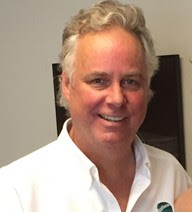
Flanigan’s Eco-Logic: The End of Wastewater
Patrick Sheilds is quite a guy. He’s a water worker. Busy, experienced, witty, and fun when he wants to be! We quickly order burgers… a chore given the Counter’s endless choices. And then we’re off to the races, catching up and swapping industry notes on batteries. Today, the sun is shining, we also talk families, careers, fulfillment.
Patrick’s primary job at Irvine Ranch Water District is operations. As Executive Director of Operations, he’s responsible for supplying water to a half million people, and taking away and processing all the resulting wastewater to boot. Today, IRWD supplies potable and recycled water, and treats wastewater. The District has three sets of pipes in place: 1,622 miles of potable water distribution, 509 miles of recycled water distribution, and 1,019 miles of wastewater collection.
A California Special District, IRWD was formed in 1961. It serves 20% of Central Orange County, providing services to the cities of Irvine, Newport Beach, Costa Mesa, Tustin, Orange, and Lake Forest… an area of 181 square miles. The District has 27 wells, 36 reservoirs to serve a daytime population of a half a million people.
A fellow Irishman, Patrick talks about the expansion of the water filtration plant that he is building for IRWD… a $200+ million state-of-the-art recycling facility. He’s into it, completely enmeshed in construction details. Sure, there will be cost overruns, he explains, but the facility will come on line soon, an integral plan for IRWD’s resource recovery master plan.
When Patrick was a young professional in the water utility world, he recounts that his job was to get “wastewater” to the sea as quickly and inexpensively as possible. (After all, it’s waste if there is no good use for it.) Today, the term “wastewater” is nearly obsolete, certainly in Irvine. Today, not a drop of water in Irvine is “wasted.” There is no such thing as wastewater that needs to go “away.”
In 1963, IRWD’s visionary Board of Directors had a novel idea. Why not create a recycled water system? Why not have a dual-pipe, water distribution system? To do so, the Board directed management to develop a “color palette” to clearly depict between potable, recycled, and wastewater. Irvine then worked with the American Water Works Association to make this color scheme a national standard. It is now known as “Irvine Purple.”
In Irvine, all wastewater , biosolids, biogases, are recovered and reused thanks to Irvine’s nationally acclaimed purple pipe, water reclamation system. This “supply” now provides 21% of the water delivered in the service territory, sold to more than 4,000 customers. In addition to irrigation for landscaping, highway medians, etc. there are some commercial buildings in Irvine using recycled water in their toilets.
Patrick also points to the irony of his District’s highly successful conservation efforts. As with conservation in the power sector, less use means less sales that translates into lost revenues for IRWD. Far less wastewater is getting to his treatment and recovery plants, and the wastewater that does get there is more concentrated, harder to clean. So for IRWD, conservation equals both leadership and a new set of challenges.

 Hi Ted,
Hi Ted,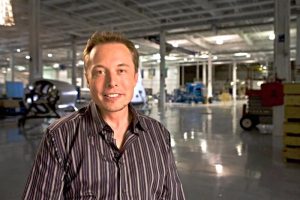 So much Elon Musk in the news…. He’s in space, even thinking of colonizing Mars, producing a growing line of EVs that will include a light-weight pickup, a heavy truck, and a bus. He’s at the spear-point of the hybrid electric building movement that could eliminate the need for conventional electric utilities. He’s also pondering advanced transportation from the infamous Hyperloop to a new kind of bus experience. And there’s more: Last month, Musk laid out his “Master Plan,” his for vision what some have dubbed his “clean-energy empire.” Musk is building the world’s first 21st century energy utility.
So much Elon Musk in the news…. He’s in space, even thinking of colonizing Mars, producing a growing line of EVs that will include a light-weight pickup, a heavy truck, and a bus. He’s at the spear-point of the hybrid electric building movement that could eliminate the need for conventional electric utilities. He’s also pondering advanced transportation from the infamous Hyperloop to a new kind of bus experience. And there’s more: Last month, Musk laid out his “Master Plan,” his for vision what some have dubbed his “clean-energy empire.” Musk is building the world’s first 21st century energy utility.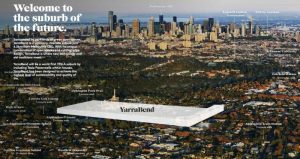
 IKEA U.S. has joined the U.S. Environmental Protection Agency’s Green Power Partnership. It’s 42 stores in the United States rank #6 on EPA’s Top 30 Retail List of green power users. Kohl’s Department Stores tops that list; Kohl’s uses 1.4 billion kWh of green power followed by Starbucks, Wal-Mart, Ahold USA, and IKEA.
IKEA U.S. has joined the U.S. Environmental Protection Agency’s Green Power Partnership. It’s 42 stores in the United States rank #6 on EPA’s Top 30 Retail List of green power users. Kohl’s Department Stores tops that list; Kohl’s uses 1.4 billion kWh of green power followed by Starbucks, Wal-Mart, Ahold USA, and IKEA.
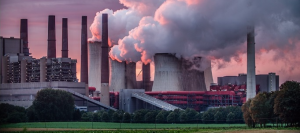



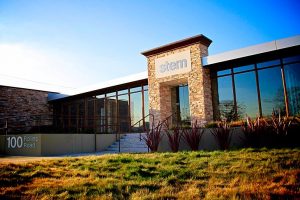 STEM is one of the leading providers of advanced energy storage systems, batteries to cut peak energy and demand charges. This past month, STEM announced that it had arranged for another $100 million to finance its systems so that consumer can get batteries just like they can get solar, for no money down. STEM now has a $350 million investment pool to draw upon. The recent investment was from the Starwood Energy Group Global LLC and will support STEM’s deployment at 200 Hawaiian schools.
STEM is one of the leading providers of advanced energy storage systems, batteries to cut peak energy and demand charges. This past month, STEM announced that it had arranged for another $100 million to finance its systems so that consumer can get batteries just like they can get solar, for no money down. STEM now has a $350 million investment pool to draw upon. The recent investment was from the Starwood Energy Group Global LLC and will support STEM’s deployment at 200 Hawaiian schools.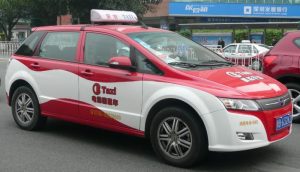
 Scary news in the world of “unmanned aerial vehicles,” or drones. This week, a drone crashed into an Eskon nuclear power plant in South Africa. There was no damage reported, but the perpetrator made a point. Unmanned drones with small payloads are a huge threat.
Scary news in the world of “unmanned aerial vehicles,” or drones. This week, a drone crashed into an Eskon nuclear power plant in South Africa. There was no damage reported, but the perpetrator made a point. Unmanned drones with small payloads are a huge threat.